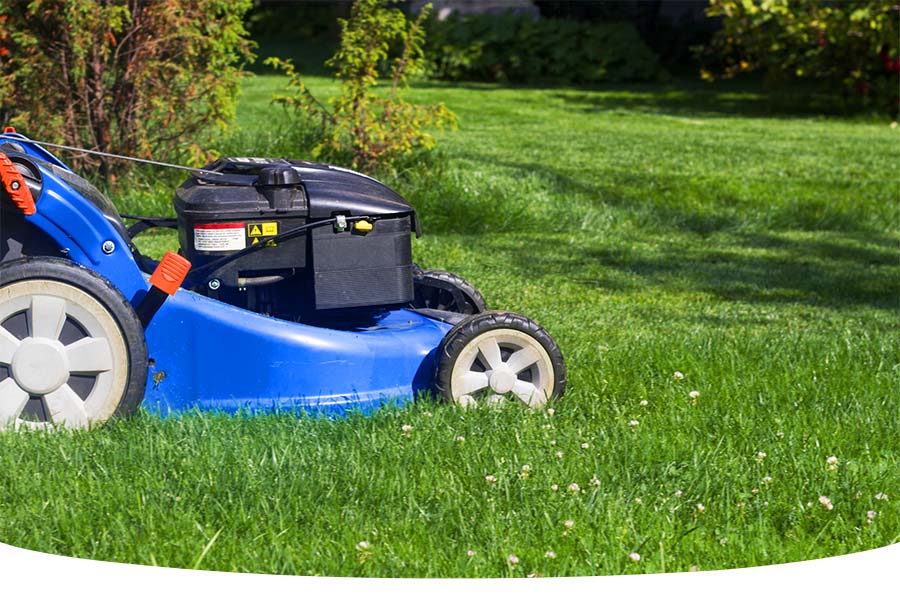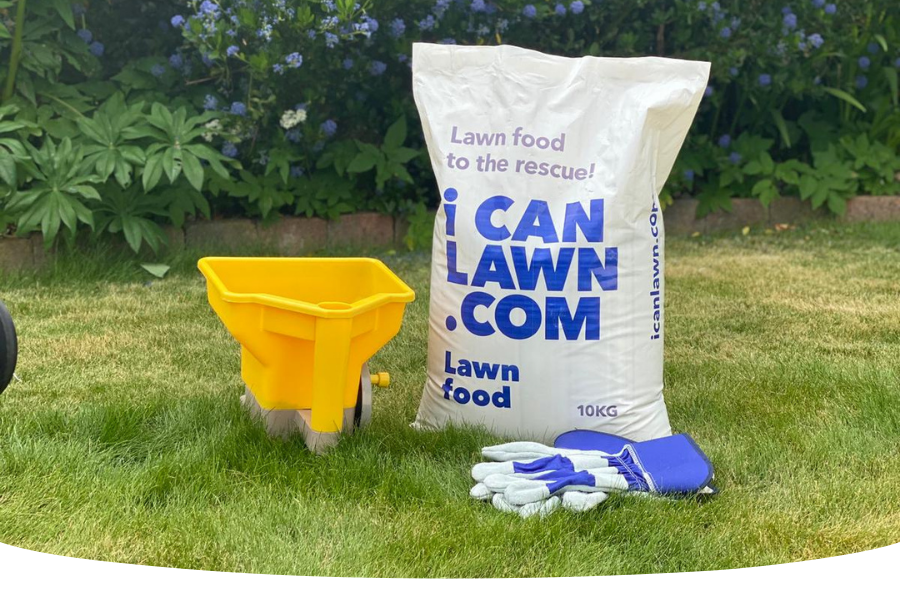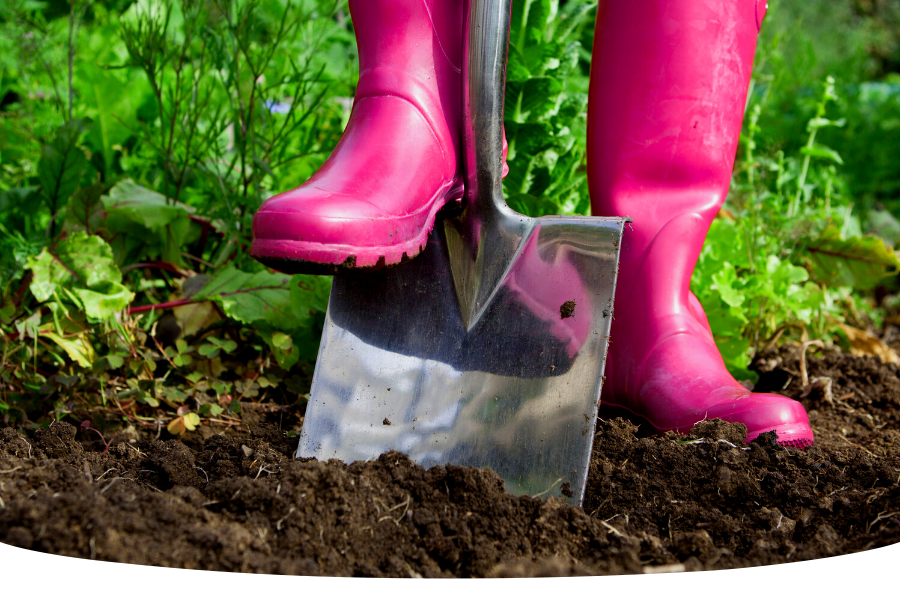When to cut grass first time in spring UK
Once spring arrives, many of us will be thinking about pulling the lawn mower out after winter and getting ready for the first mow of the year. But knowing when to cut your grass in the UK for the first time in spring and what other prep work to do will help your garden thrive in warmer weather.

When to cut grass first time in spring in the UK is important since our gardens play an important role in our enjoyment through the spring and summer months. Whether you’re hosting BBQs or family gatherings, our gardens provide a space for us to relax, play, read and carry out garden décor projects. This is why it's important to get the first grass cut of the year right and time it perfectly to set your lawn (or freshly sprouted grass seed) up for the many months of delight that follow!
When should you cut grass for the first time in spring?
Historically, the average time when you should aim to mow your lawn in the UK is around mid-March (when warmer weather is arriving and your grass is starting to show signs of growth). But, of course, this will depend on your local weather forecast and conditions that could be unique to your area (for example, if you live at a higher altitude, you may need to wait a little longer).
Tips for cutting grass for the first time in spring in the UK
Keep reading for tips to help you cut your lawn to perfection in spring so it's ready for the rest of the year!
Check for nesting animals before cutting your grass
The first step is to check that no animals are living in areas where you plan to mow. Hedgehogs (and their hoglets) often live in piles of grass and leaves where they have set up a home for the winter months. If you find a family of nesting animals, consider mowing a different area of your garden and give the animals some extra time to adjust after winter.
Prep your garden and clear away debris
Take some time to walk around your lawn and pick up and remove any debris before you begin mowing. Your garden will likely have collected quite a mess over the winter months, so remove any sticks, leaves and rubbish that may have landed on your lawn!
As they could damage your lawn mower blades if your mower catches them, removing these obstacles will make your life easier in the long run.
You can also keep any sticks, leaves and debris you collect and add them to a wild area of your garden for wildlife to benefit from.
Use the “one third” rule when cutting grass for the first time
When mowing a lawn for the first time, whether you're mowing a brand new lawn or doing the first mow of the year, always set your mower to its highest setting and also follow the “one third” rule – never cut down more than one-third of the grass blades at a time. If you cut your lawn too short on the first mow, you will stress the grass and could hinder its growth in the long run.
Over time, you can gradually cut your grass shorter, which is best done over several weeks to get it to the desired height. However, it’s also worth mentioning that cutting your lawn too short at the beginning of the season will weaken the grass and encourage weeds and lawn diseases to move in.
The type of lawn you have will also determine what height you can drop the mower height down to get its ideal height. A 20-40mm mowing height is perfect for family and general-use lawns, and 10-20mm is ideal for fine, ornamental lawns.
How often should you mow your lawn in spring in the UK?
We recommend you mow your lawn once a week once spring is in full swing. This leaves enough time between mowing for your grass to grow and thicken. This regular mowing helps eliminate weeds and improve the strength of the roots.
Don’t mow your lawn all in one go!
For this initial cut, you can mow the area you want to be tidy and showcase part of your lawn for the remainder of the year. However, leaving a part of your garden to grow wild for a little while is also a good idea. Doing this will be much better for your local wildlife and encourage a diverse garden habitat to thrive.
You could consider planting some wildflowers in an area of your garden that may struggle to grow. This will give bees, pollinators and bugs an additional food source, which also helps them pollinate other plants in your garden!
What time of day is best cut grass in spring?
Knowing when to cut grass first time in spring UK is mid-morning, between 8am – 10am and later in the afternoon, between 4pm and 6pm. Cutting your grass at these times will avoid exposing your freshly cut lawn to midday sunlight and any morning dew that would cause your grass to become damaged by the mower blades. Please drop us an email if you have any questions on mowing or anything grass or wildflower related, and we will be happy to help!






